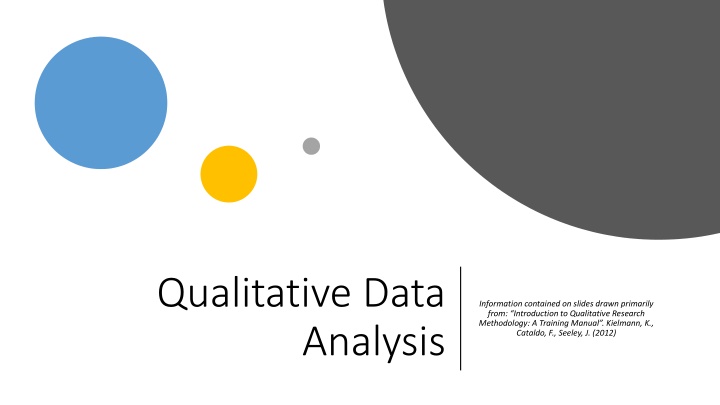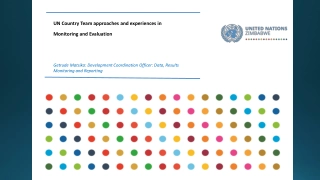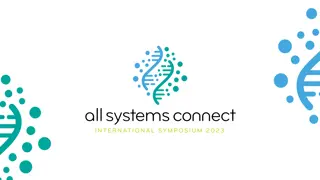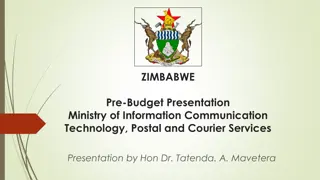
Guide to Qualitative Data Analysis Methods and Techniques
Explore the process of qualitative data analysis, from getting familiar with the data to generating themes and applying codes systematically. Understand how to develop tools, ask open-ended questions, and conduct analysis effectively.
Download Presentation

Please find below an Image/Link to download the presentation.
The content on the website is provided AS IS for your information and personal use only. It may not be sold, licensed, or shared on other websites without obtaining consent from the author. If you encounter any issues during the download, it is possible that the publisher has removed the file from their server.
You are allowed to download the files provided on this website for personal or commercial use, subject to the condition that they are used lawfully. All files are the property of their respective owners.
The content on the website is provided AS IS for your information and personal use only. It may not be sold, licensed, or shared on other websites without obtaining consent from the author.
E N D
Presentation Transcript
Qualitative Data Analysis Information contained on slides drawn primarily from: Introduction to Qualitative Research Methodology: A Training Manual . Kielmann, K., Cataldo, F., Seeley, J. (2012)
How to we develop and use tools, especially topic guides? What type of data is generated? How do we ask open-ended questions without leading? How do we probe? How do we sample? How do we conduct analysis? A few things to cover
1. Getting to know the data Once the data is in a format that can be worked with (i.e. transcripts or summaries)- you read and re- read it to familiarise yourself with it Data Analysis
2. Consider the key questions or themes that you expected or planned- write a list of these expected research themes which may be drawn from theory (deductive approach) you can use this as a starting point Remain open to new or unexpected ideas that emerge from the data (inductive approach) Consider recurring themes what keeps repeating? Start making a list of these themes Data Analysis
3. Generate a list of themes / codes with descriptions- may include deductive and inductive themes Themes might be divided into subthemes depending on variation i.e. a broad theme might be broken down into sub- themes that reflect variation in the data Constant comparison check the themes across the data Data Analysis
4. Apply your codes to the data. Use colours or symbols to code the data against the CODING FRAMEWORK assign labels to a text section. One text section may be coded under more than one code you break down the data into meaningful and manageable segments You can do this MANUALLY or with SOFTWARE Data Analysis Beware of over-coding and under-coding
A few notes.. Start coding apply one or several codes to portions of the text Go through each word or sentence in a systematic way Coding is laborious and you should test it on one transcript first All different types of text can be coded Be mindful to keep in quotes Sometimes more than one person will be involved in coding the data How do you organise coded sections of the data?






















